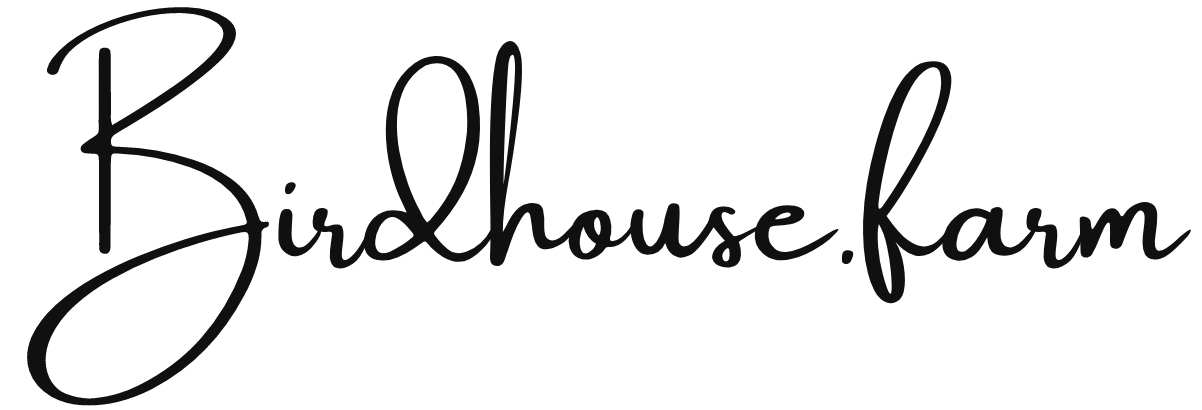The Best Low-Water, Short-Growing Grasses for Kansas and Colorado
Embracing low-maintenance, eco-friendly lawns is key to reducing both water usage and the frequency of mowing. Whether you live in Kansas or Colorado, opting for drought-tolerant, short-growing grasses can help you create a beautiful, resilient yard that requires less upkeep and supports local ecosystems. Here's a look at some of the best grass varieties for each state.
Low-Water, Short-Growing Grasses for Kansas
Kansas’ hot, dry summers can take a toll on traditional lawns, but native and drought-resistant grasses thrive in these conditions. Here are the top options for creating a sustainable, low-maintenance landscape:
Buffalo Grass (Bouteloua dactyloides)
Native to the Great Plains, including Kansas, buffalo grass is one of the best choices for low-water lawns. This grass grows to about 4-6 inches tall and requires very little maintenance once established. It’s also resistant to pests and diseases, making it ideal for a no-fuss yard.Blue Grama Grass (Bouteloua gracilis)
Also native to Kansas, blue grama is a prairie grass that grows to around 6-12 inches tall. It’s drought-tolerant and requires minimal mowing, which makes it perfect for a natural lawn or meadow. Plus, its delicate seed heads add visual interest to any landscape.Fine Fescue (Festuca spp.)
Fine fescue is a great option for shady or partially shaded areas in Kansas. It’s drought-resistant and grows short, making it an excellent choice for eco-lawns. Varieties like hard fescue or sheep fescue typically grow under 12 inches tall, staying compact with little water.Little Bluestem (Schizachyrium scoparium)
This beautiful native grass grows up to 18-24 inches but has a shorter, compact growth in its earlier stages. While it grows taller than some other grasses, it’s excellent for natural, low-water landscapes that don’t need frequent mowing.Bermuda Grass (Cynodon dactylon)
Bermuda grass is another solid choice for sunny Kansas lawns. It’s heat- and drought-tolerant and, while it can grow taller, it can be easily kept at a lower height with occasional mowing, making it a good option for a low-maintenance yard.
Low-Water, Short-Growing Grasses for Colorado
Colorado’s dry climate, from the plains to the foothills, calls for grasses that can handle drought and grow without the need for constant watering or mowing. Here are some of the best options for a sustainable Colorado lawn:
Buffalo Grass (Bouteloua dactyloides)
Just as in Kansas, buffalo grass is a top choice for Colorado's plains. This native grass stays short—4-6 inches tall—and requires very little water once established. It’s perfect for low-maintenance lawns in dry climates.Blue Grama Grass (Bouteloua gracilis)
Native to Colorado’s prairies, blue grama is extremely drought-tolerant and grows around 6-12 inches tall. Its short stature and ability to thrive in low-water conditions make it a fantastic option for eco-friendly lawns.Fine Fescue (Festuca spp.)
Fine fescue varieties like hard fescue or sheep fescue are well-suited to Colorado’s dry, cooler regions. These grasses stay relatively short (6-12 inches) and are highly drought-resistant, making them ideal for water-conscious homeowners.Crested Wheatgrass (Agropyron cristatum)
Known for its drought tolerance, crested wheatgrass grows well in Colorado’s dry conditions. It typically reaches around 12-18 inches but can be maintained at a shorter height with occasional mowing.Sideoats Grama (Bouteloua curtipendula)
Sideoats grama is a native grass that can grow taller, up to 12-24 inches, but it’s excellent for low-water landscapes in Colorado. It provides habitat for pollinators and is often used in naturalized lawns or meadows.Western Wheatgrass (Pascopyrum smithii)
Western wheatgrass thrives in Colorado’s dry, open plains. It typically grows to about 12-18 inches tall but is a great choice for an unmowed, natural landscape that supports local wildlife.Bermuda Grass (Cynodon dactylon)
In the sunny, lower-elevation areas of Colorado, Bermuda grass works well. This heat- and drought-tolerant grass stays relatively short with light maintenance, making it a good option for reducing water and mowing needs.
Transform Your Lawn
By planting native and drought-resistant grasses, you can cut down on your water bill, reduce the need for chemical fertilizers, and eliminate the constant chore of mowing. Whether you're in Kansas or Colorado, selecting grasses that thrive in your region's natural conditions is a win for both your yard and the environment. Embrace the Freedom Not to Mow and let nature do the work!
